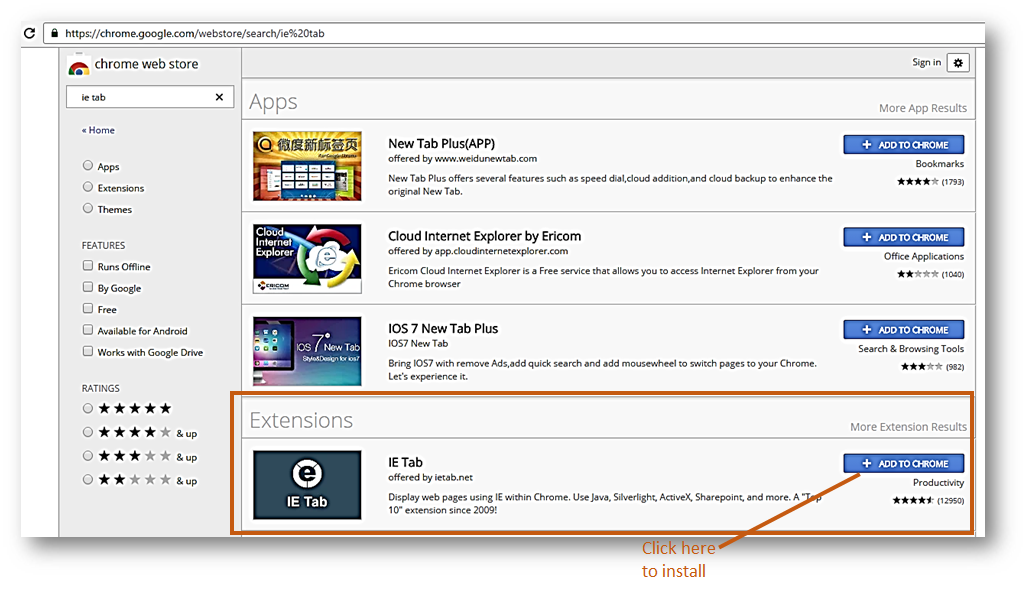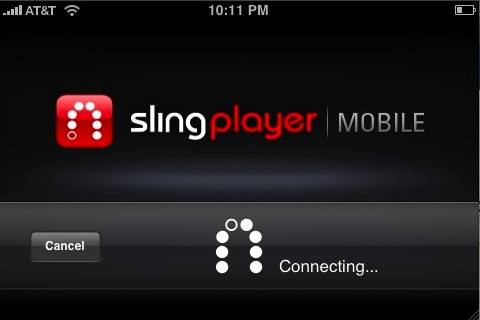

We hooked up a basic Freeview tuner (with EPG) and had no problems viewing the content and navigating the menus and guide using the on-screen remote. It's obviously not an issue when you plug in external sources, since any guide they output is sent over the Sling link. With 87 channels tuned in (some of which are radio stations, others which require subscriptions that aren't compatible with the PRO-HD), it proved frustrating not knowing what was showing on each, indeed not knowing – beyond the number – which channel we were currently watching. On a regular Freeview box you can call up a multi-day EPG of what's showing now and what's on next that's missing from the new Slingbox. That led us to the biggest issue with the new PRO-HD: the lack of a Freeview programming guide.
CHROME SLINGPLAYER PLUGIN PLUS
The latter was a decidedly simple affair, just numeric keys, a last-channel button and channel up/down controls, plus a numerical display to show channel number.

From that point we had a simple video window – which could be resized or made full-screen – and an optional on-screen remote control panel.
CHROME SLINGPLAYER PLUGIN PC
Chrome – on either PC or Mac – is not yet supported, which leaves Firefox (on both platforms) or Internet Explorer.Īfter that hiccup, we told the Sling setup wizard that it was connected via the coaxial port (it was unable to locate the input automatically) and it tuned in the available Freeview stations. On our test Mac, Sling only supports Safari in 32-bit mode (rather than the default 64-bit) you can force the browser to load in 32-bit mode, but you may then have some issues with performance or other plugins. After registering an account (and installing a plugin which required restarting the browser) we encountered the first problem.
CHROME SLINGPLAYER PLUGIN TV
To start, we hooked up a regular TV antenna and went to the online setup page. There are also four IR blasters, L-shaped self-adhesive plastic sticks which can be used to control sources like satellite TV boxes via the virtual remote control in the SlingPlayer software. Sling supply a set of cables for each type of connection, so that you can connect up the Slingbox and then route it back to your TV, though of course you may not use all of them. Notably missing is HDMI and any sort of integrated wireless both would have been helpful additions, given that they're increasingly common A/V and networking standards. From left to right there's the reset button, power input and ethernet, an unused USB host port, then the SD inputs (L/R audio, video and S-Video), the HD inputs (L/R audio, S/PDIF and component video), the IR blaster port and then coaxial input/outputs.

The number of ports is actually deceptive, since most are actually pairs: one set of inputs and then another set of matching outputs so that you can slot the PRO-HD in-between the source and the local TV.

It's on the back that the action happens, with the whole rear panel covered in connections. A squat trapezoid measuring 13.25 x 5.75 x 2.25 inches and finished in high-quality matte black and silver plastic, it has minimal hardware controls (a reset button is the only physical control) and just three LED indicators: red network and power lights in the bottom right hand corner on the fascia, and a larger inverted-U that pulses and cycles during streaming. The Sling family resemblance is obvious, and in fact you'd be hard pressed – from the outside at least – to tell the difference between this new PRO-HD and the two year old original.


 0 kommentar(er)
0 kommentar(er)
